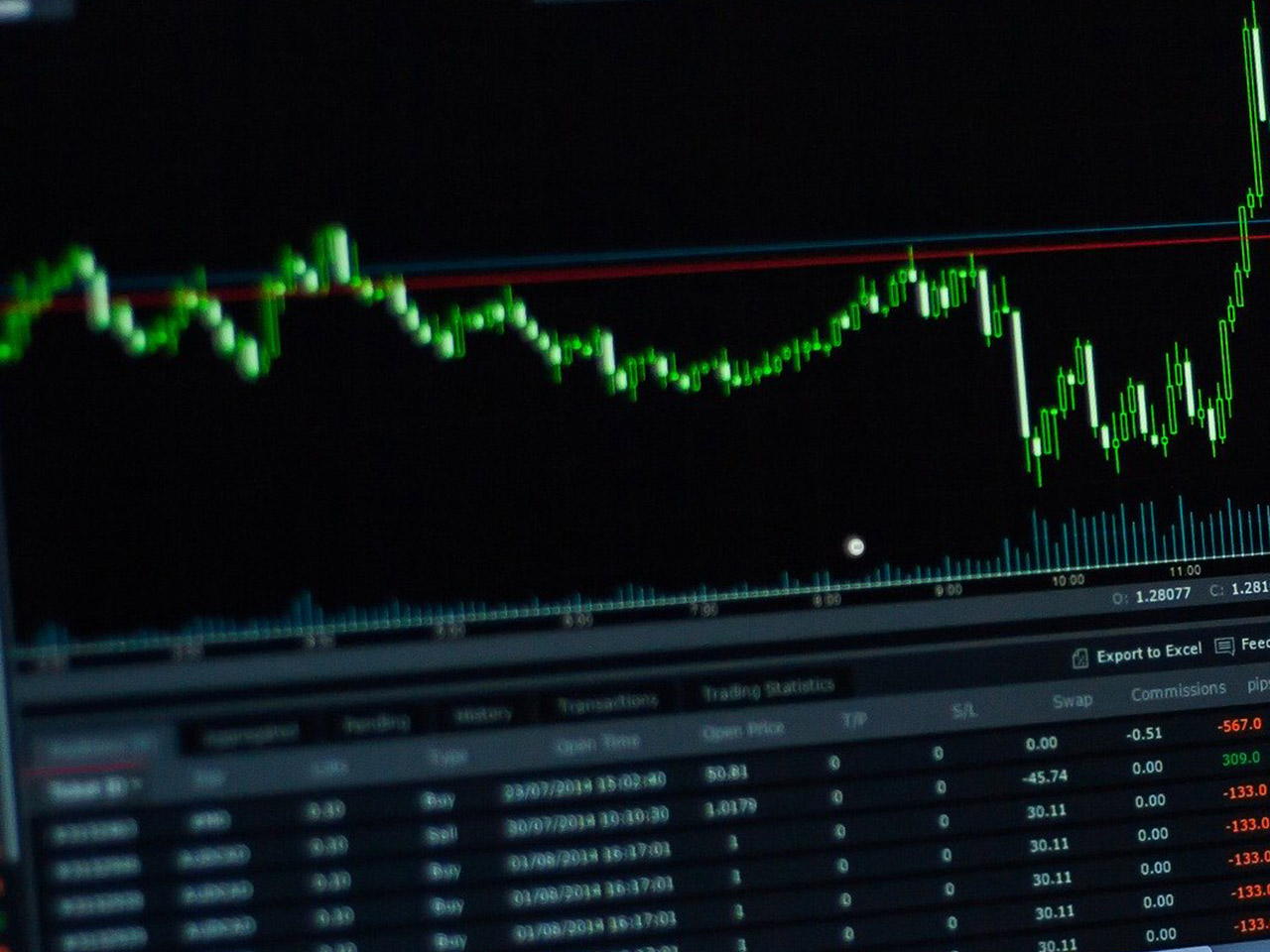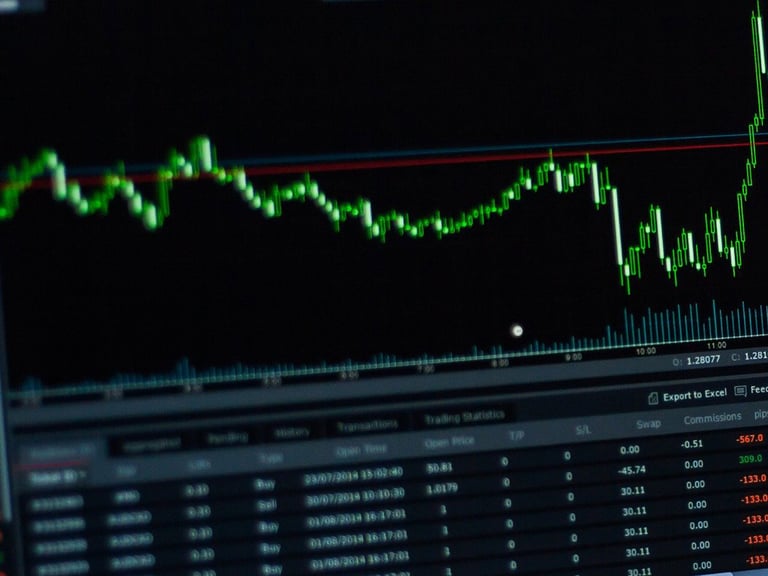United Parcel Service, Inc. (NYSE: UPS) stands as a cornerstone in the logistics and freight industry, renowned for its comprehensive range of transportation and delivery services. The company, with roots tracing back to 1907, has grown into a behemoth with a market cap of $92.94 billion. Its expansive operations span both domestic and international markets, positioning it as a significant player in the Industrials sector. Despite recent market fluctuations, UPS remains a focal point for investors seeking stability and growth prospects in a volatile market.
Currently priced at $109.66, UPS’s stock has experienced a slight dip, registering a negligible change of -0.01%. This positions the stock at the lower end of its 52-week range of $109.66 to $152.27, suggesting a potential entry point for value investors. The forward-looking price-to-earnings (P/E) ratio stands at 12.37, indicating a moderate valuation compared to historical standards. However, traditional trailing P/E and PEG ratios are unavailable, highlighting the importance of forward estimates in assessing UPS’s valuation.
UPS’s performance metrics reveal a company with robust financial health. The firm boasts a revenue growth of 1.50% and an impressive return on equity of 33.96%, underscoring its ability to generate substantial returns on shareholder investments. With an earnings per share (EPS) of 6.76 and a hefty free cash flow of over $4.79 billion, UPS demonstrates a solid operational footing. These figures are particularly appealing to investors prioritizing cash-rich companies with strong earnings potential.
Income-focused investors will find UPS’s dividend profile particularly attractive. The company offers a compelling dividend yield of 5.98%, coupled with a high payout ratio of 96.59%. While the payout ratio suggests that UPS is returning a significant portion of its earnings to shareholders, it also calls for careful consideration of sustainability in the long term. Nonetheless, this yield is a standout feature, especially in an era of low interest rates.
Analyst sentiment towards UPS is predominantly positive, with 19 buy ratings, 11 hold ratings, and only 3 sell ratings. The target price range spans from $82.00 to $179.00, with an average target of $132.01. This suggests a potential upside of 20.38% from the current price level, a significant opportunity for investors seeking both growth and income.
Technically, UPS’s stock price is below both its 50-day and 200-day moving averages, which are at $118.78 and $128.31, respectively. The Relative Strength Index (RSI) of 39.14 indicates that the stock is approaching oversold territory, potentially signaling a buying opportunity. Meanwhile, the MACD and signal line values suggest a bearish trend, warranting caution and a closer examination of market conditions.
UPS’s dual-segment operations, encompassing both U.S. Domestic and International Package services, provide a broad exposure to diverse geographic markets. This diversification is a strategic advantage, particularly as global trade dynamics fluctuate. The company’s extensive service offerings, from express delivery to international freight forwarding, position it well to capitalize on the growing e-commerce sector and global trade.
For investors, UPS presents a nuanced investment case. The combination of a substantial dividend yield, potential price appreciation, and strong market position makes it an attractive prospect. However, the high payout ratio and current technical indicators suggest that a cautious approach is warranted. Investors should weigh the income potential against market volatility and broader economic trends impacting the logistics sector.
The information in this article should not be taken as advice. Readers should conduct their own due diligence and seek independent financial advice before making any investment decisions.





































